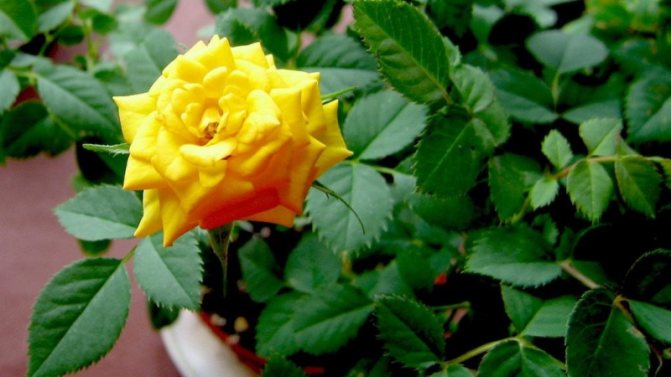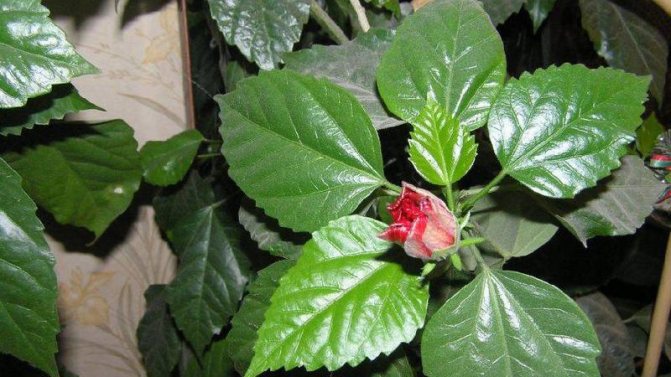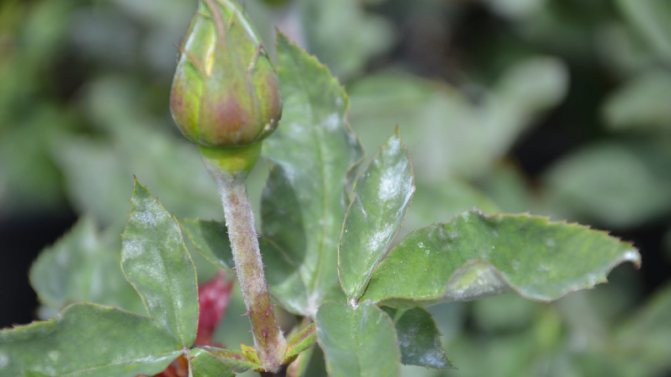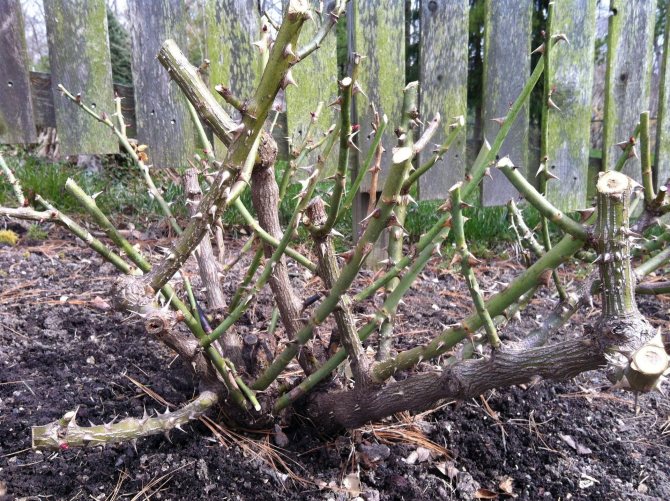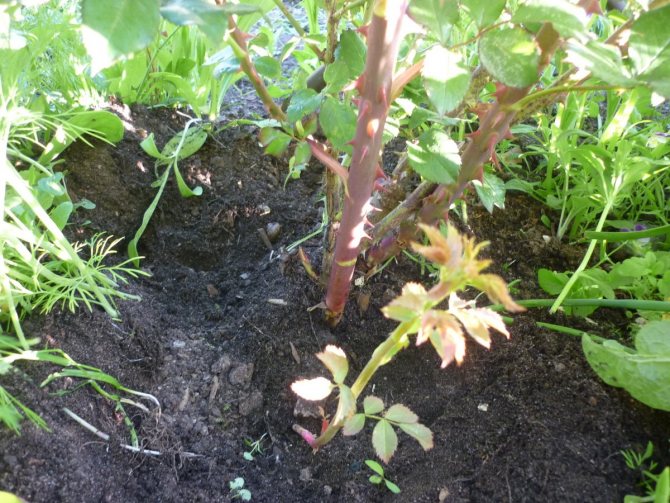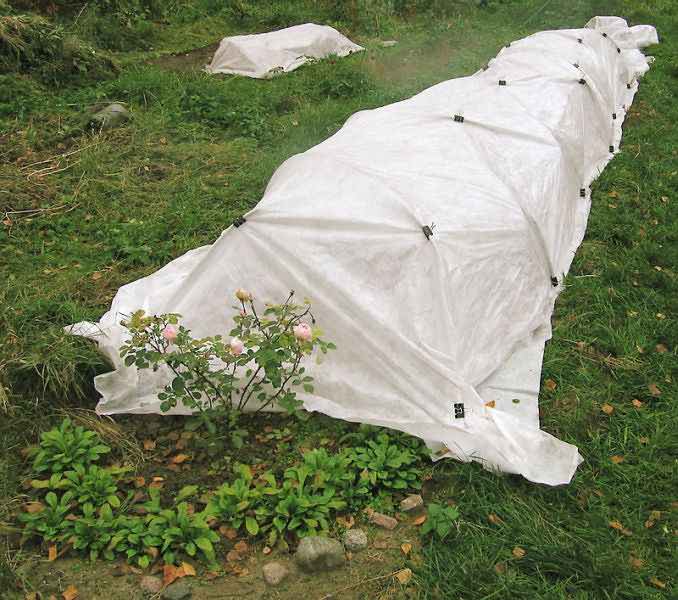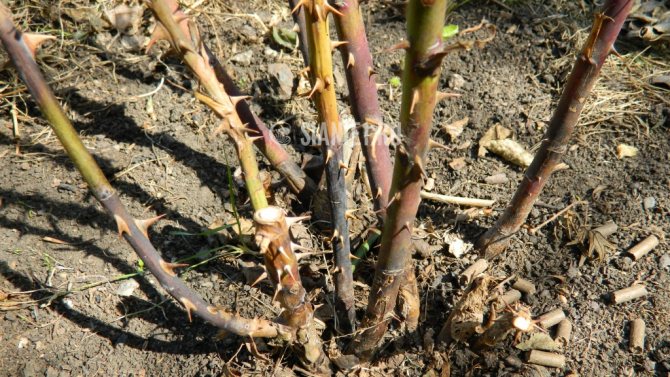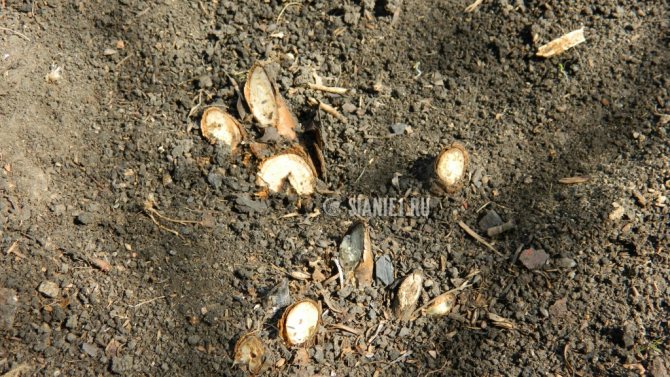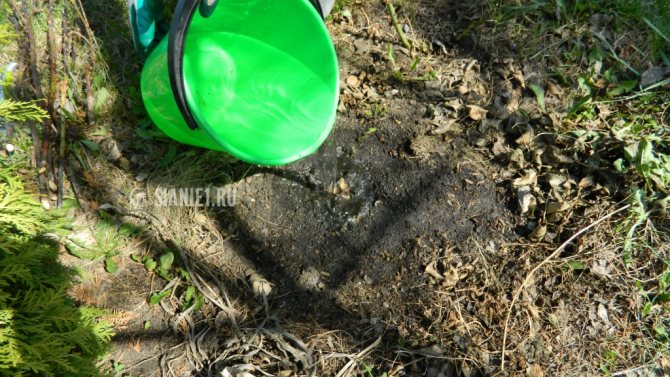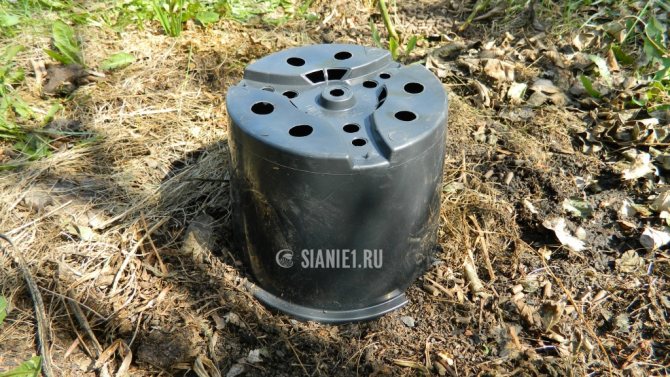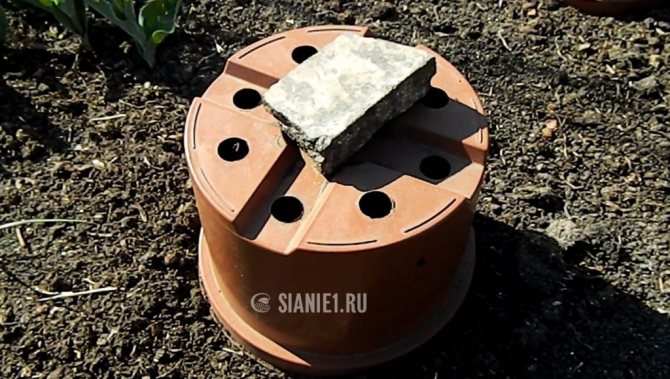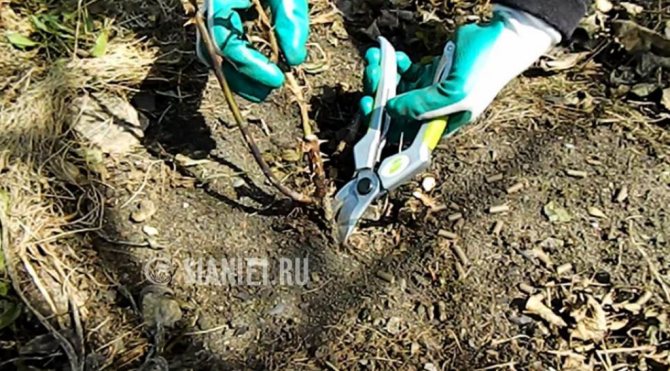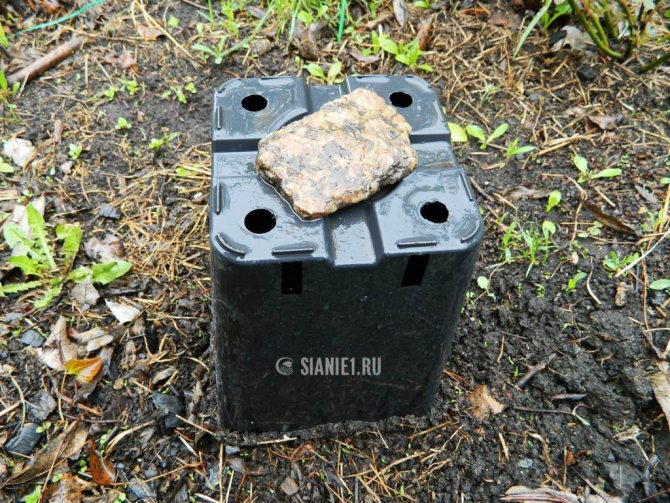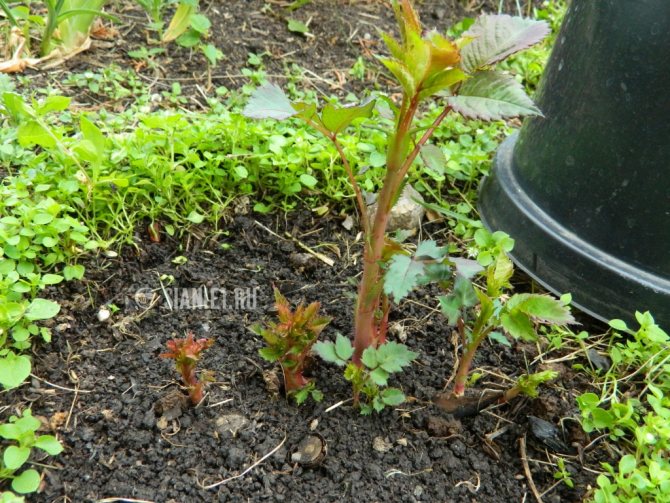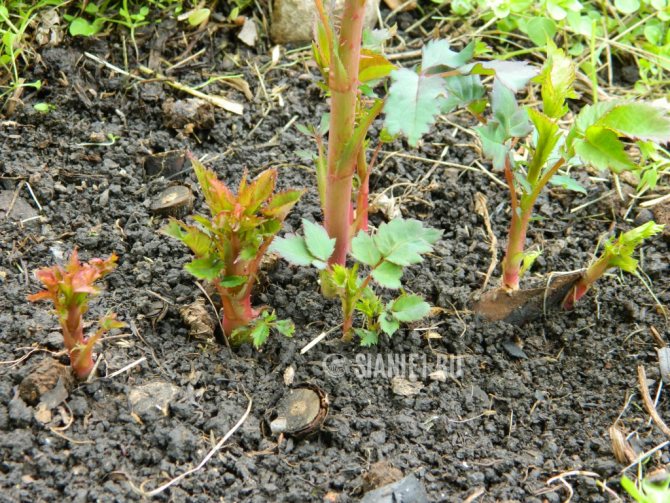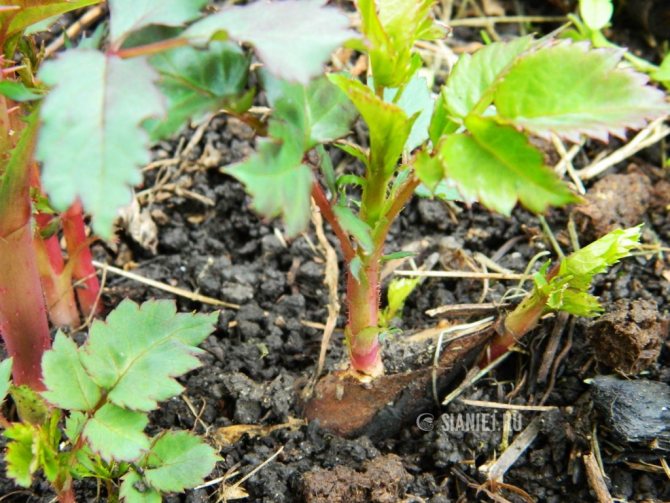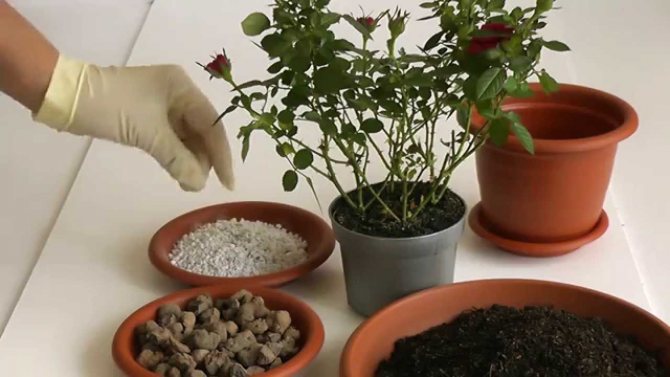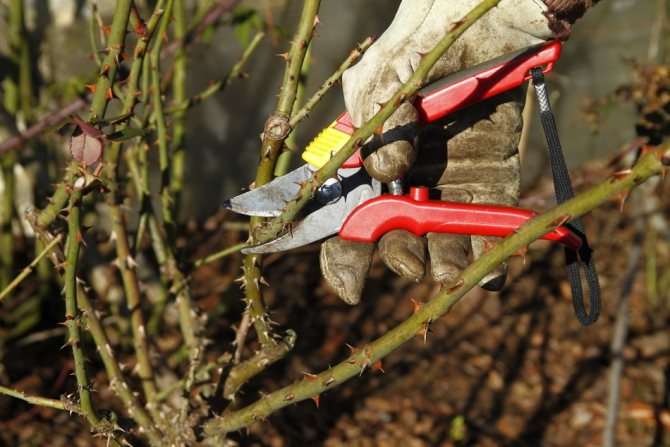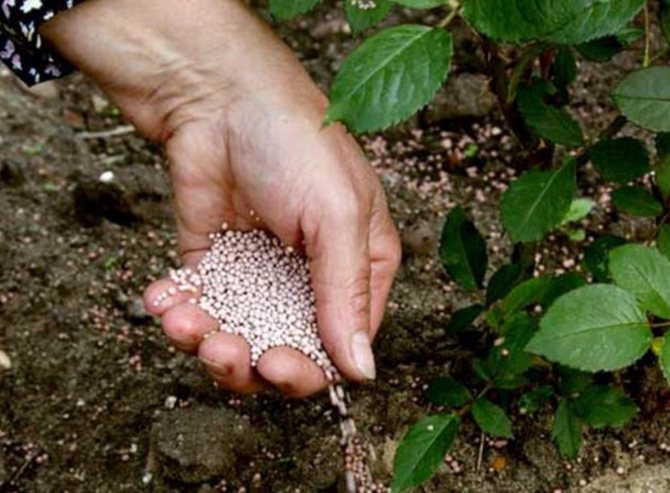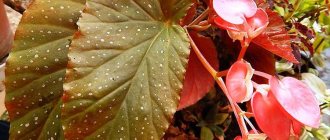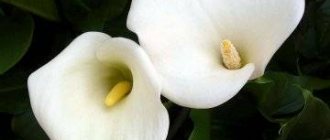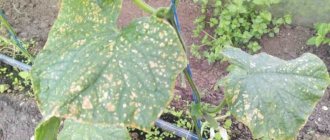The reasons
The answer to this question is simple. There are a number of reasons that affect the lack of buds. Let's consider them all in order and in more detail:
- Too little time has passed since the day the rose bush was transplanted. The plant must adapt, so wait for the buds only next season.
- Bad soil. The soil may be deficient in nutrients and minerals. The earth must constantly burrow to a depth of 70 cm.
- Bad place. Rose loves bright and sunny areas that will not have a draft. The bush develops slowly.
- Insufficiently good soil moisture. Although the flower is also considered drought tolerant, do not forget that in this case it will simply survive, and not try to bloom.
- The wrong pruning of a rose bush will never get you beautiful buds.
- If you have not prepared the bush for winter, then there is a chance that it will freeze. The next year, the rose can only release green leaves, and the buds will never appear.
- Due to various diseases and pests, flowers will also not be tied.
We have covered the most common reasons why roses do not grow well. We know why they don't bloom. Now you need to learn how to deal with it somehow.
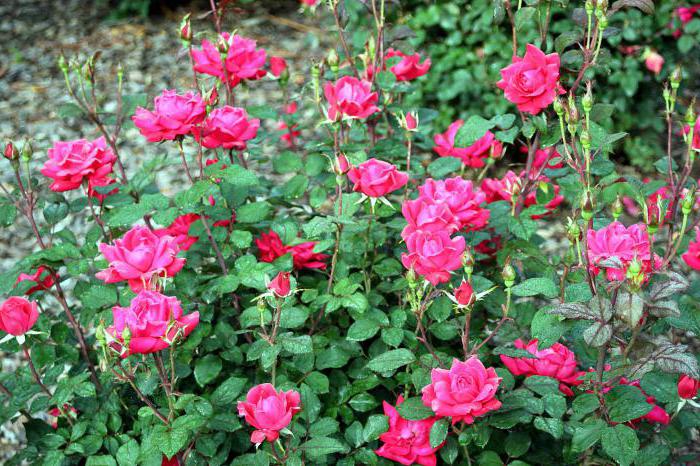
Reasons why a rose may not bloom
Rose is still too young
In the first year after planting, there may be no flowers on the bush. It depends on the condition of the seedling before planting. If it was stored in the refrigerator, then you should not wait for them from the plant. If the seedling was already with buds, then there is a high probability that they will bloom.
The lack of flowers in a young rose is regarded by many as a normal plant reaction to a new habitat. Moreover, flower growers are advised to pick off the resulting buds. This will give the plant the opportunity to properly take root in the new conditions.
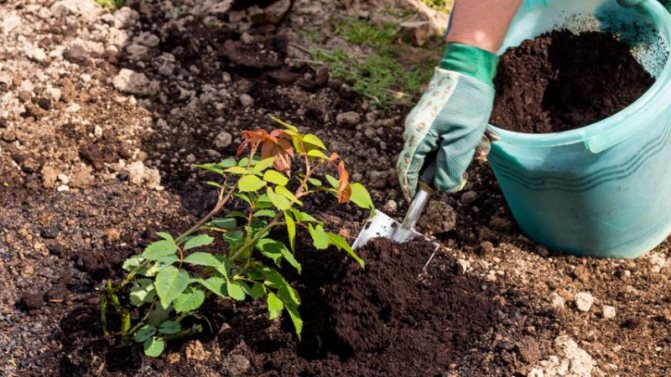

Too old plant
Aging bushes may also not bloom. The coarse wood of the stems of the bush with age begins to poorly conduct nutrients. Roses do not have enough strength to form buds. After three years, it is recommended to rejuvenate the bush - to cut down old branches, in return for which new ones will appear.
Poor landing site chosen
Roses are heat-loving southern plants. For a full-fledged existence, they need sunlight at least 8 hours a day. You should not wait for flowers from a shrub if it is planted:
- in a shaded place;
- in an open area subject to wind blowing;
- next to plants competing for water and food - lilacs, mock orange.
Unsuitable soil
Rose bushes will not bloom if they are in the wrong soil. The soil should be loamy, slightly acidic, breathable. With a lack of oxygen, the root system of the plant begins to develop insufficiently, which leads to a delay in growth and flowering. The proximity of groundwater will also adversely affect not only flowering, but also the life of the plant as a whole.
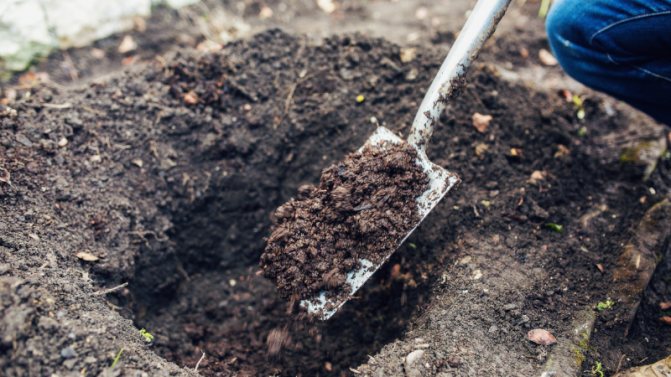

The presence of root growth
A rose with an excessive amount of root growth will experience flowering problems. Shoots take nutrients from the bush, preventing buds from forming. A large number of rosehip shoots, on which a rose is grafted, is the result of an error when planting a seedling - it was not sufficiently buried in the soil.Root shoots should be cut off in time.
Illiterate pruning
The flowering of rose bushes can stop if the plants are not properly pruned. The main mistake of florists is the excessive removal of shoots, leading to disruption of metabolic processes and a weakening of the rose. It is optimal to carry out sanitary and formative pruning. In the first case, dry and diseased shoots of the plant are removed, and the second type serves to give the bush a decorative shape.
Roses are pruned several times a year. After flowering, wilted flowers are removed with part of the shoot to stimulate the formation of new buds.
The pruning tool needs to be sharp and sanitized to avoid contamination of the shrub with bacterial infections.
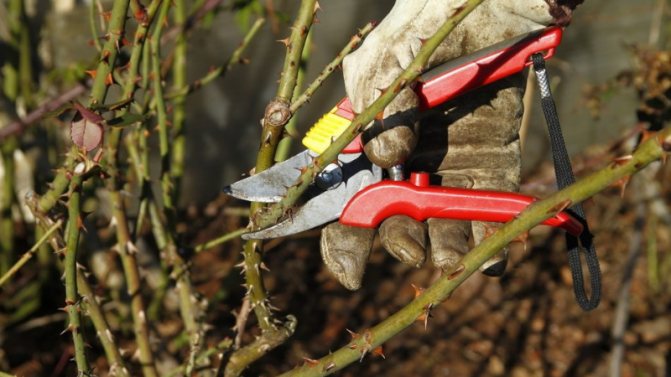

Feeding errors
An excessive amount of fertilizer may not lead to the expected flowering, but to the abundant growth of young shoots and foliage. Especially do not get carried away with nitrogen fertilizing. And potash ones contribute to flowering and fruiting, but they must be introduced as needed.
Of organic fertilizers, roses are preferred by horse manure. It is enough to use it once in the spring, then the rose garden should be mulched.
Improper watering
Roses that do not receive enough moisture will not be able to please with buds and beautiful flowers. Ideally, watering should be infrequent, but abundant, so that the root system is saturated with moisture, but does not rot. After watering, loosen the soil to prevent crusting on the ground. You can apply mulching of the bushes, then the moisture will last longer, and the roots will receive a sufficient amount of oxygen without additional measures.
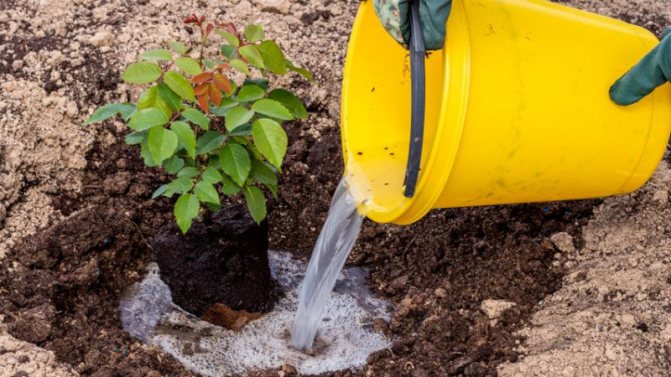

Improper wintering
In order for the bushes to successfully endure the cold, they must be covered for the winter. Without this procedure, you will not have to wait for good flowering. You can cover the roses with spruce branches or build special frame structures, with an insulating material stretched over them.
The main rule is that the shelter must be dry. Condensation must not accumulate underneath.
For a successful wintering, you need to observe the timing of the shelter. This should be done before the onset of frost. In the spring, remove the protection gradually to allow the flowers to harden.
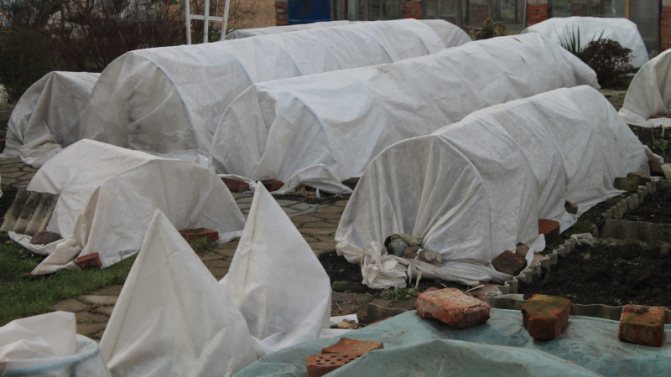

Pest or disease damage
A common reason for the lack of flowers is the defeat of the bushes by pests and diseases. A weakened plant is not able to bloom, therefore, increased attention should be paid to its health.
Common diseases are:
- powdery mildew;
- rust;
- black spot.
Of the pests, roses can be attacked by:
- aphid;
- spider mite;
- thrips;
- shield;
- leaf roll;
- rose-colored sawfly.
The main task of the grower is to prevent active reproduction of pests. To combat them, special preparations and preventive measures are used to prevent the appearance of insects.
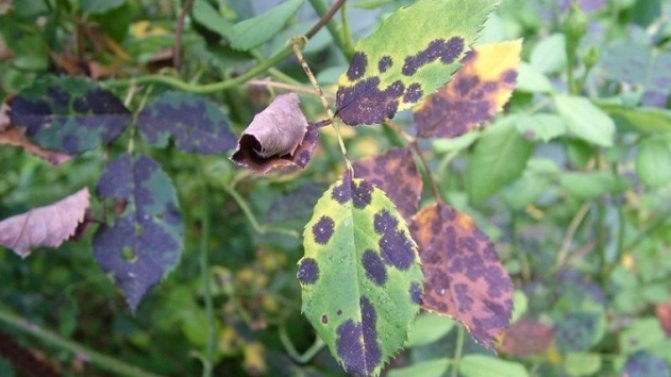

Work on bugs
Most often, there are grafted specimens of roses, so when planting them, it is worth considering some features. So, before answering the question why roses do not bloom for the second year, you need to know the following:
- The grafted bush must be planted correctly. The grafting site should be about 5 cm below the soil level.
- If you leave the grafting site at the top, then the buds will begin to form on the rootstock, that is, on the rose hips. This will cause the plant to weaken and not bloom.
- If the graft is very deeply planted, then this place will rot from constant moisture. The bush will die.
Here we have found out why grafted roses do not bloom. Today there are a huge number of different varieties that differ in some peculiarities in cultivation.
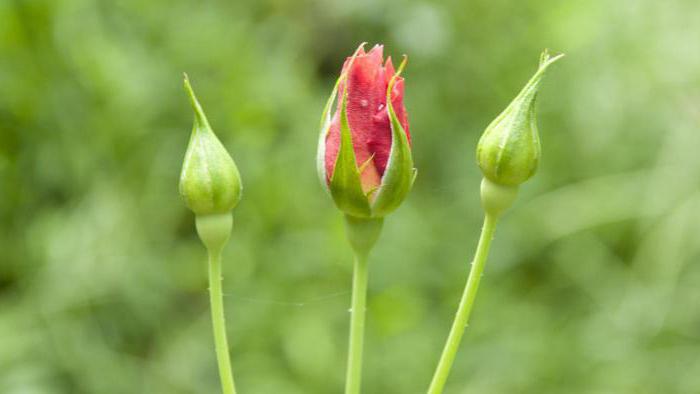

Mistake 1: choosing the wrong landing site
A mistake would be to plant a rose just where it “will be beautiful”.
Why can't a rose be planted everywhere? To grow a healthy and abundantly flowering rose bush, you need to know where the plant will feel cozy and comfortable. Without taking into account the specific preferences of the rose, it is impossible to count on a beautiful flowering and longevity of the bush. What are its features that cannot be ignored?
It must be remembered that roses:
- photophilous... Light has a decisive effect on growth vigor, flower number and resistance to fungal diseases. The more light, the better the rose feels. At the same time, some varieties of climbing roses feel great in the shade, therefore, as with people, an “individual approach” is always important to roses.
- thermophilic... With a lack of heat, the accumulation of nutrients necessary for the normal development of a rose slows down. Cold northern and northeastern winds “take away” most of all, so it is advisable to protect roses from them.
- do not like wet soils... Prolonged exposure of the roots in water leads to the extinction of the bush from a lack of oxygen. In addition, in winter, wet soils are cooled more, and the plant can freeze out.
- prefer neutral soils... The ideal soil acidity (pH) level for roses is 6-7. In neutral soils, the rose most easily assimilates the nutrients found there. With an increase or decrease in pH, some of the substances pass into a form inaccessible for assimilation by the plant.
- feel bad under the trees... If your rose grows in the shade of trees, don't expect flowers from it. Trees will take away water and nutrients from it, because of the shade, the shoots will begin to elongate, become thin, the resulting false buds will not bloom. And the likelihood that the plant will suffer from fungal diseases also increases.
In short, we must not forget that roses are queens. The place where they will feel comfortable and delight you with flowers should be sunny, protected from cold winds, located at a relative distance from the trees.
Our catalog contains rose seedlings from large online stores and collectors. For example, you can choose collectible rose varieties from Tatiana Maksimovskaya.
Rose "Floribunda"
We have sorted out the most common reasons that apply to all varieties. Now we need to study a specific question - why does not the Floribunda rose bloom? This is a plant variety that should delight you with its buds constantly throughout the summer. If this does not happen, then the bush is not receiving appropriate care. Namely:
- This variety is easily affected by fungal diseases, from which growth and development are inhibited.
- Bad soil. Floribunda rose loves loam. Neutral soil is allowed, the acidity of which is about 6-7 pH.
- The plant could freeze. For this, the bush must be prepared for frost in the fall. You can spud the plant or cover it with sawdust and special covering material.
In all other respects, this rose is considered unpretentious. It is suitable for growing novice gardeners and professionals in their field. For abundant flowering in early spring, add manure and peat to the soil. The rose bush will receive additional nutrition.
Advice for novice gardeners! Keep the flowerbed where the Floribunda rose grows clean. The soil must be constantly cultivated from weeds, which take up all the moisture.
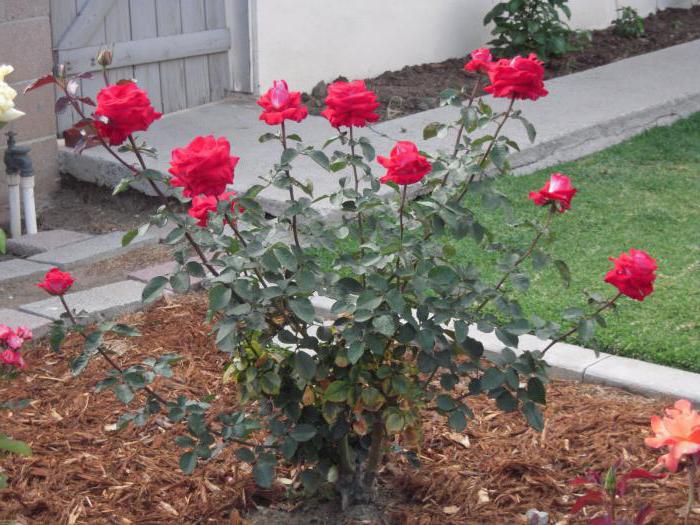

Popular varieties of continuously blooming roses by groups
The most beautiful varieties of astilba
Long blooming roses can fall into many different categories. Certain varieties are in the group of hybrid tea roses, scrubs, climbing and English roses.
Tea-hybrid
Hybrid tea roses differ from other varieties with an unusual aroma. They are not as capricious as tea ones, they are characterized by a large number of peduncles.
Gardeners call King Arthur one of the most successful hybrids. The flower is densely double, has many small petals.The average size of the opened bud reaches ten centimeters. Inflorescences rarely form on the plant; there is usually only one flower on one stem.
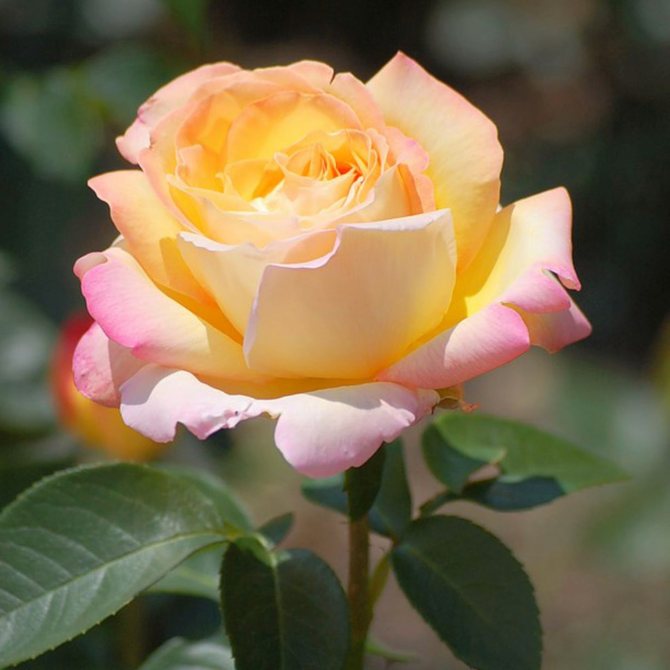

Gloria dei
The color scheme deserves special attention: the tone of roses can vary from rich ruby to deep burgundy. Flowering under favorable climatic conditions of the region begins in mid-spring and lasts until mid-autumn.
For your information! King Arthur has a bright fruity aroma.
The real pride of the Soviet selection is the Gloria Dei rose. The stems of the shrub have a large number of thorns; one bud is usually formed on one shoot. The opened flowers are large, their diameter is about 16 cm.The petals are silky, initially their color is yellow, but over time they fade and become creamy pink.
Ingrid Bergman hybrid tea also looks impressive. The flowers have an average doubleness, a diameter of one to 16 cm. The color of the inflorescences is saturated red. The bushes are compact, the height reaches 60 cm. Flowering is continuous, begins in May and lasts until October.
Note! Among the roses that hold the flower for a long time is the Aphrodite variety. The height of the plant is 60-80 cm, the diameter of the opened flowers is 12 cm. The petals are porcelain-pink, delicate with a bright spicy aroma.
Aquarell is one of the tallest hybrid tea roses, their height reaches 120 cm. About 3-4 buds are formed on the bush, the petals are pale pink at the edge, closer to the center of the flower the tone turns into a yellowish cream.
Floribunda
Continuous flowering roses belonging to this group are the most profusely blooming roses. The main distinguishing features are good immunity to diseases characteristic of the culture, resistance to cold snaps.
City of London is a sprawling bush that reaches two meters in height and 1.5 meters in width. Each bud contains up to 17 double petals of a delicate pink tone. Subject to the rules of care, flowering begins in June and lasts until mid-September.
Avila Palace roses boast classic-shaped bright pink flowers. The average diameter is 7-8 cm. There is usually only one flower on one stem, but there are exceptions - inflorescences consisting of three buds.
Note! The advantage of this rose variety is that fully opened flowers can stay on the stem for up to one and a half weeks.
Sangerhause Jumbileumrose is an abundantly flowering shrub with compact size and large flowers. The color of the petals is delicate apricot; when wilted, it changes to pink. The flowers have a pronounced fruity aroma, the average diameter of the opened bud reaches 8 cm.The height of the shrub itself is 70 cm.
Jubile du Prince de Monaco is called one of the most spectacular roses in this category. The blossoming creamy white petals are edged with a bright crimson border, which expands as the flower unfolds, changing the tone to cherry. Terry flowers are large, the diameter of one reaches 10-11 cm.The height of an adult plant is 70-80 cm.
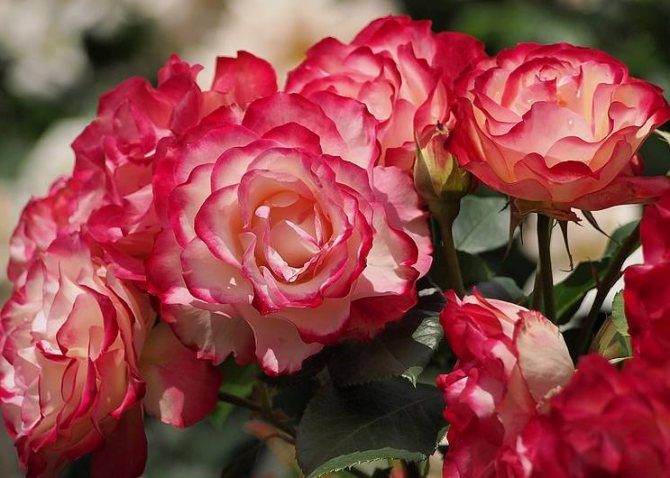

Jubile du prince de monaco
The Pomponella rose is also good. Its flowers resemble peonies: they are double, bright pink. The height of an adult shrub reaches 80 cm. The variety has excellent immunity to diseases, is not afraid of drafts and cold snaps.
Shrubs
When choosing continuously flowering varieties of roses, it is worth taking a closer look at the series of park roses that were bred by breeder D. Austin. They are frost-resistant, characterized by long flowering.
Polka 91 is especially popular with gardeners - a terry beauty with an apricot color and exquisite wavy petals. The structure of the bush, which reaches a height of about three meters, is climbing, and therefore Polka is suitable for decorating arches, gazebos and fences. The flowering is generous, undulating, depending on climatic conditions and plant care.
Important! Florists note that in northern latitudes, the flowering of a rose of this variety is repeated twice, in southern latitudes - three times.
Angela is a cultivar characterized by pale pink blossoms with a raspberry reverse. The buds do not fully open. The outer side of the flowers is red, the inner side is pale pink.
Bonica 82 is popular - a variety with dense inflorescences, each of which has about 7-9 buds. Pink petals, profuse flowering.
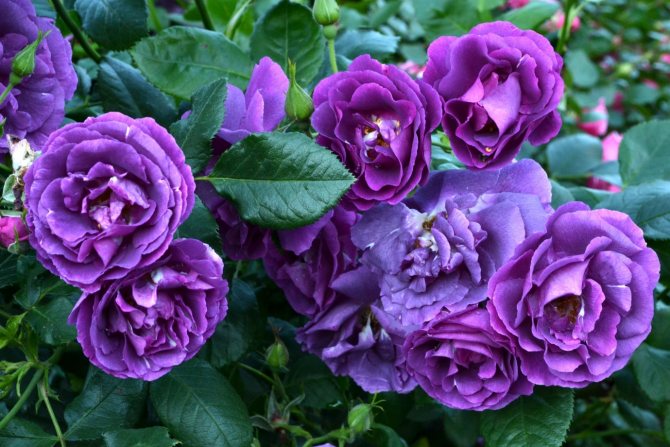

Rhapsody in blue
Rhapsody in blue is an incredibly beautiful rose that has the closest color to blue: from purple-violet to delicate gray-lilac tone. Plant height up to 120 cm.
Among the longest blooming roses and Guy Savoy. The height of an adult shrub reaches one and a half meters, it is able to trudge along the support. In one inflorescence, there are up to two dozen flowers that have a pinkish-lilac hue.
English
This group of roses, bred by D. Austin, is called royal, since the flowers are resistant to drafts and frost, have excellent immunity to various diseases, and are not afraid of pest attacks. The following varieties are called the most attractive:
- Crown Princess Margareta - tall shrubs with graceful drooping shoots. The color of the petals is apricot orange;
- Graham Thomas. Cup-shaped flowers are distinguished by an even yellow color and a unique aroma;
- Crocus Rose is the most abundant rose with delicate apricot petals that change color to cream as they bloom.
Groundcover
This group was obtained by crossing a climbing rose and a rose hip. The buds replace each other throughout the summer, flowering ends with the arrival of the first frost.
Some of the most popular ground cover re-flowering roses include:
- Sunny Rose. Flowers of creamy color with a light unobtrusive aroma. Creeping shoots, one up to 60 cm long;
- Dominique Loiseau. First pinkish, and then boiling white semi-double flowers with a fruity-floral aroma. The core is decorated with bright yellow stamens.
Climbing
This is an original decoration even for a small garden plot. Climbing roses are great for decorating building walls, gazebos, arches and fences. They can weave around supports and trellises.
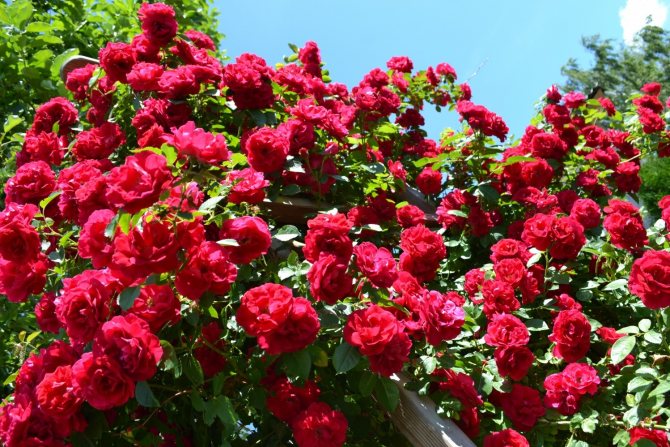

Flammentanz
Choosing constantly blooming climbing roses, gardeners distinguish the following varieties:
- Flammentanz. Breeder V. Cordes called this rose the best red-flowered hybrid. The diameter of the flowers is 8 cm, there are usually 3-4 inflorescences in one cluster;
- Rosarium Uetersen. The bush is dotted with deep pink double flowers with wavy edges. The outer side of the flowers is silvery pink;
- Pierre de Ronsard (Eden Rose). The flowers are large, up to 12 cm, the petals in the center are ivory, closer to the edges they are pale pink;
- Dorothy Perkins. Constantly blooming roses, delighting throughout the season with small pink double flowers;
- Raubritter. The buds are small, pointed, opening up, acquire a spherical shape. The color of the petals is deep pink on the inside, the outside has a silvery tint.
For your information! The breeder Kordes considered the Izdastes rose to be the pinnacle of his work - a floribunda that gradually changes its deep red color to light pink, acquiring an apricot tone at the peak of flowering. The description of this metamorphosis cannot be conveyed in words, it is better to plant a plant on the site and see it with your own eyes.
Bush rose
There is another popular plant variety. This includes a bush rose. This flower is grown at home and in the garden. It is worth telling why the bush rose does not bloom and how it can be corrected. For a start, it's worth talking about the fact that you can't cut flowers for bouquets from these bushes. Incorrect processing is considered to be the main cause of the lack of colors problem. To do this, you need to know some of the nuances:
- Pruning should be done in early spring when the buds are swollen.
- At the base, you need to leave the most powerful branches on which strong flower stalks can form in the future.
- If the ends of the rose are very frozen, then they must be immediately removed.
- On bush varieties, branches can dry out in the summer. They are also cut off.
- As soon as the buds have faded, they must be cut off immediately so that all the powers of the rose do not go to them.
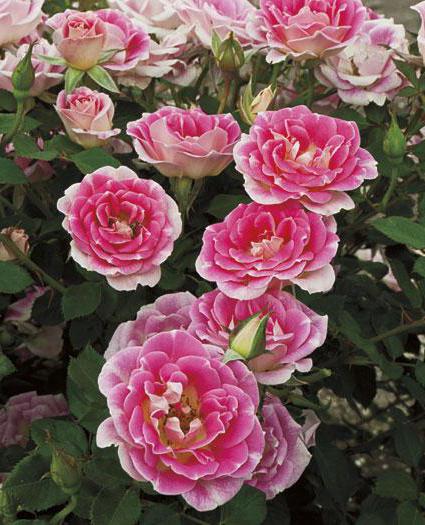

If you took proper care of a bush rose, then it can delight you with its beauty and aroma for a long time.If the plant first sprouted in the spring, then there is a small chance that it will bloom again in the summer.
What is meant by a continuously blooming rose
Experienced gardeners are well aware of the fact that there are re-flowering plants. Depending on the type and variety, they are divided into two categories:
- blooming in waves;
- blooming continuously throughout the summer.
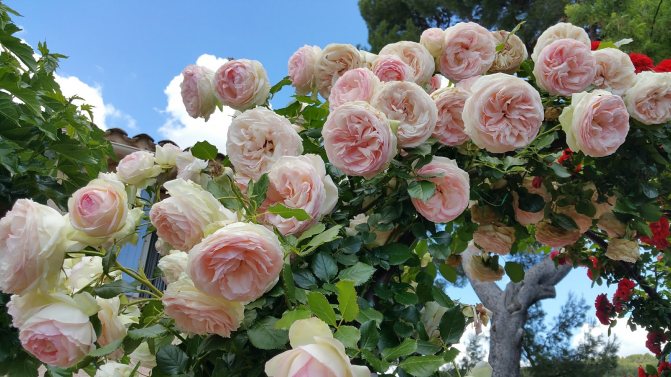

Pierre de ronsard
Note! This variety is highly resistant to cold weather, and therefore tolerates frosts in the Central region and Siberia without any problems.
Can a rose bloom all summer
Long-blooming roses on the territory of Russia feel great in forest-steppe, non-chernozem and steppe zones. In the Middle Lane, such plants will need shelter for the winter. Subject to all the peculiarities of crop care, the timely introduction of nutrients and the removal of weeds, flower growers can admire the lush blooming of roses throughout the season.
The frequency of blooming buds
The beginning of flowering of roses of this category falls on June, it lasts until the very end of August. At the same time, the flowering is abundant, the buds open on a large number of shoots along their entire length.
Mistake 5: eating the wrong way
Many inexperienced gardeners try to feed their favorites as best they can during flowering ... and make a huge mistake.
Why is it wrong? It is not always good to feed the plant. Such a seemingly good deed can sometimes lead to the loss of flowers, and even to the death of a rose bush.
It is important to understand when and what fertilizers does a rose need, and what will be harmful for her:
- It is important for a plant to receive a complete complex fertilizer, including nitrogen, potassium and phosphorus in equal proportions, in early spring, and during flowering it will only bring harm.
- Nitrogen is needed in spring and in the first half of summer for the active growth of shoots and leaves, and in the fall it will become an enemy for the plant, because the new shoots, the growth of which it will provoke, will not have time to get stronger and will almost certainly freeze out in winter.
- Phosphorus and potassium contribute to abundant flowering, so they will be useful and appropriate during the budding period.
- The last feeding is carried out in mid-September using a phosphorus-potassium mixture, and later fertilization will not bring any benefit.
- Overripe and semi-rotted manure is an excellent organic fertilizer, and fresh manure will cause burns on young roots.
- During the flowering period, it is advisable to suspend any feeding altogether.
In the next video, Irina Makhrova will show us how rose bushes are fed in practice:
Untimely removal of wild growth
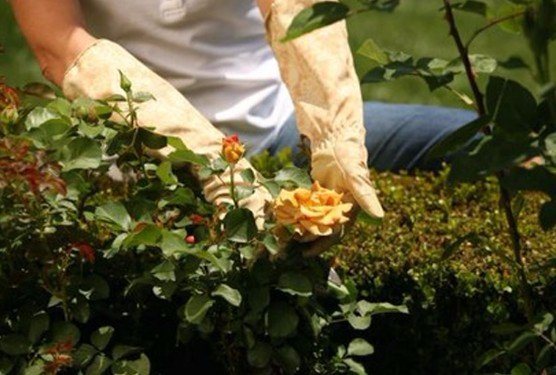

The grafted varieties are the majority of the roses offered for sale. Grafting gives the variety the necessary vigor, but also creates unwanted growth.
Wild growth takes away the strength of the grafted variety. Untimely removal of wild growth leads to the fact that the wild part drowns out the grafted bush. In this case, you should cut out all the shoots at the base at once.
Hilling roses with peat for the winter
Hilling is one of the components of the winter shelter of roses. This helps to protect the roots from frost.
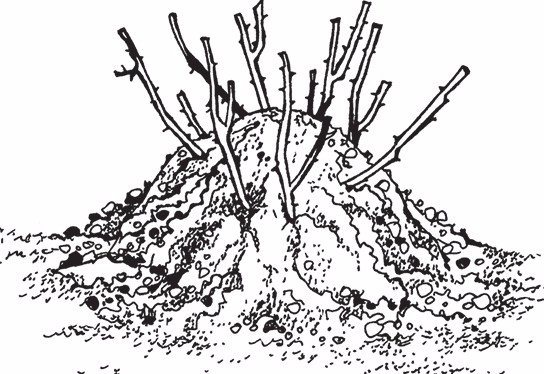

We advise you not to use pure peat for hilling, as its moisture content leads to the formation of an ice crust around the bushes. This happens during extreme temperature fluctuations.
As a result, under the pressure of this crust, the bark on the trunks can crack and lead to unpleasant consequences.
It is best to add a mound of dry soil. The height should not be less than 30 cm. It is best to add compost or humus, which is harvested in advance. Use old manure or shredded bark for cover between rows.
Improper watering
The rose should be constantly watered so that it does not have a lack of moisture. But often questions appear on the forums, why does the rose fade, and there is an answer to this. If watering is done in the fall, then this leads to decay of the roots and, accordingly, to wilting of roses.
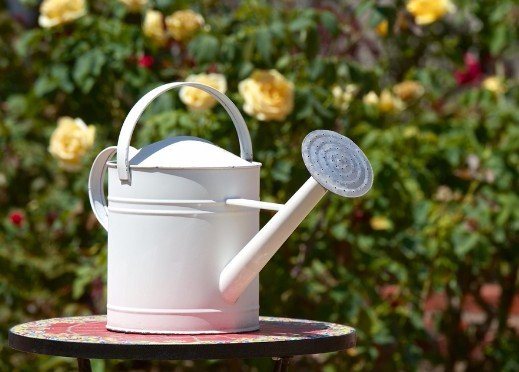

Amateur gardeners often water the bushes superficially, and this is a gross mistake. Such watering will not bring results, because the roots do not receive the necessary moisture. The root system gradually dries out, and the bush dies.
Make a small circular groove 15 cm deep and watered. Then, when the water is absorbed, cover it with earth again and tamp it easily. It is not worth watering in hot weather, it is better to do it in the early morning or late evening.
Mistake 4: surface watering
Roses should not feel a lack of water. Gardeners who watered roses superficially make a serious mistake: such watering, even if it is carried out daily, will not bring results.
Why is it wrong? Surface irrigation is so named because only the surface layer of the soil is soaked, and moisture does not reach the roots. And when the soil is visually well watered, the plant remains not watered.
How to water properly?
- It is best to make a circular hole with a depth of 12-15 cm just before watering, fill it with settled water, and after the water is absorbed, fill it with earth (it is also good to mulch).
- The approximate frequency of watering: during active growing season - once every 7-10 days, and in dry hot weather - after 3-5 days.
- One-time watering rate is from 5 to 10 liters per 1 bush for ground cover roses and from 10 to 15 liters for climbing roses.
- It is impossible to water the rose in the very heat. This is best done in the evening. But if you water by sprinkling or spraying from a hose, then it is not recommended to water either on a sunny day, so as not to cause burns to the plant, or in the evening, because the leaves that did not have time to dry will become the gateway for fungal infection.
- It is recommended to reduce watering at the beginning of autumn. The only exceptions are those varieties of roses that continue to bloom actively.

